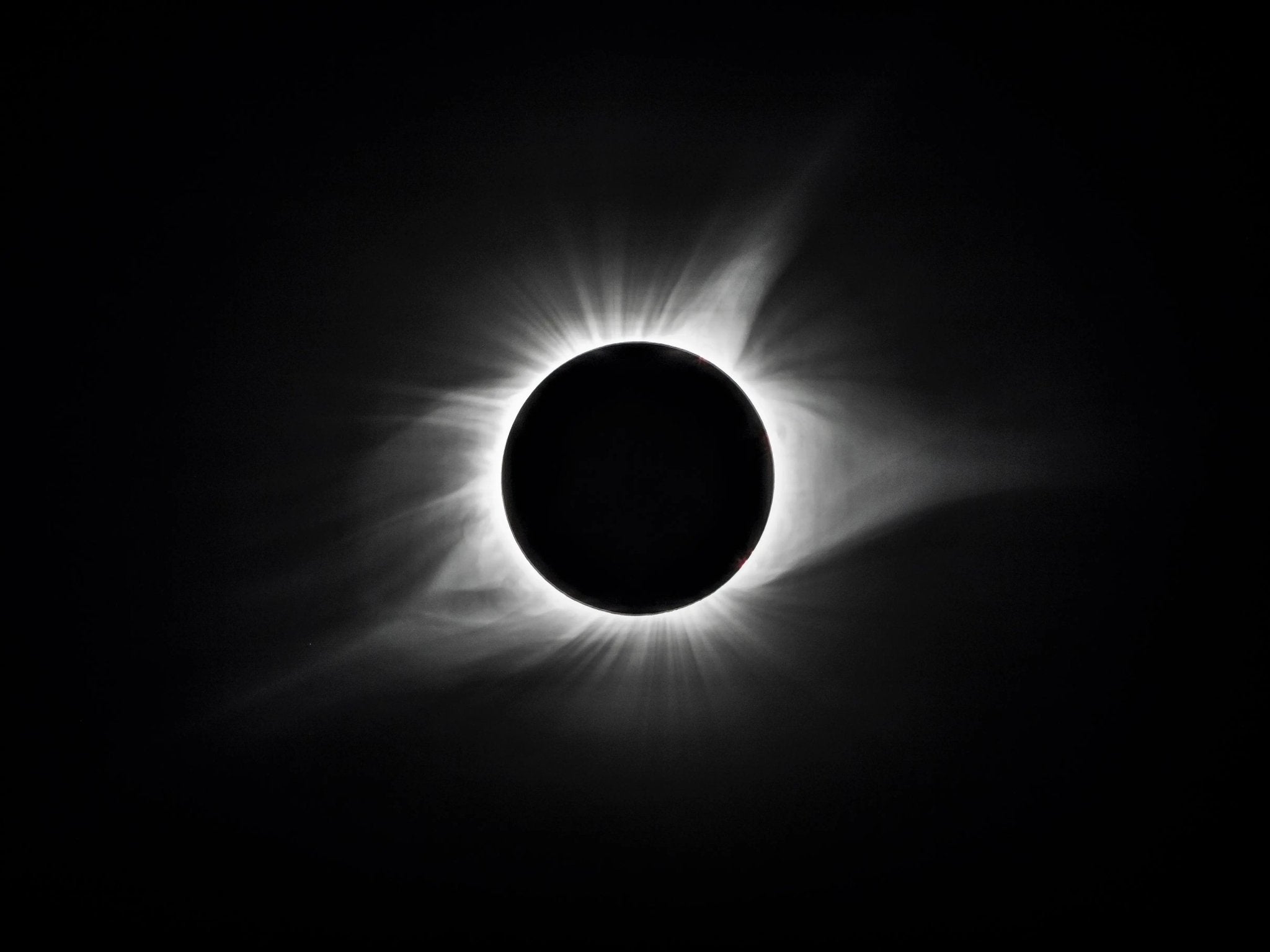What the World of Astronomy Learned from the August 2017 Eclipse
Introduction
The total solar eclipse that occurred on August 21, 2017, was a celestial event that captivated millions of people across the United States. For many, it was a once-in-a-lifetime experience to witness the moon completely covering the sun, turning day into night for a few minutes. But beyond the spectacle, this event provided a unique opportunity for astronomers and scientists to conduct research and gather data that could not be obtained otherwise. Here's a look at what the world of astronomy learned from the August 2017 eclipse.
The Sun's Corona
One of the most significant areas of study during the 2017 eclipse was the sun's corona. The corona is the outermost layer of the sun's atmosphere, and it is usually obscured by the brightness of the sun itself. During a total solar eclipse, however, the moon blocks out the sun, allowing scientists to study the corona in detail.
Researchers used specialized telescopes and cameras to capture high-resolution images of the corona. These images have helped scientists understand the structure and dynamics of this mysterious region, including its magnetic fields and how they interact with solar winds.
Temperature Variations
The 2017 eclipse also allowed scientists to study temperature variations on Earth during such an event. Researchers found that the temperature dropped by several degrees during the eclipse, even in areas that only experienced a partial eclipse. This data is valuable for understanding the Earth's atmosphere and how it reacts to sudden changes in solar radiation.
Animal Behavior
While not strictly within the realm of astronomy, the eclipse provided a unique opportunity to study animal behavior. Observations were made on how animals reacted to the sudden darkness. Birds were seen returning to their nests, and nocturnal animals became active, thinking it was night. This data adds to our understanding of animal behavior and circadian rhythms.
Gravitational Effects
The eclipse also provided an opportunity to study the gravitational effects of the moon and sun on Earth. While the effects are generally minimal and short-lived, precise instruments were used to measure any fluctuations in Earth's gravitational field. This data can be used to refine models of Earth's internal structure.
Citizen Science
The 2017 eclipse was a significant event for citizen science. Thousands of amateur astronomers and enthusiasts participated in data collection efforts, contributing valuable data that was used in scientific studies. This collaborative effort showcased the power of community involvement in scientific research.
Conclusion
The August 2017 total solar eclipse was not just a breathtaking spectacle; it was a treasure trove of scientific opportunities. From understanding the sun's corona to studying Earth's atmosphere and even animal behavior, the event offered insights across multiple disciplines. It also demonstrated the potential for public engagement in scientific research, proving that the sky is not the limit when it comes to human curiosity and the quest for knowledge.



Share:
The History of Eclipses
What Does ISO 12312-2 Mean for Eclipse Glasses?